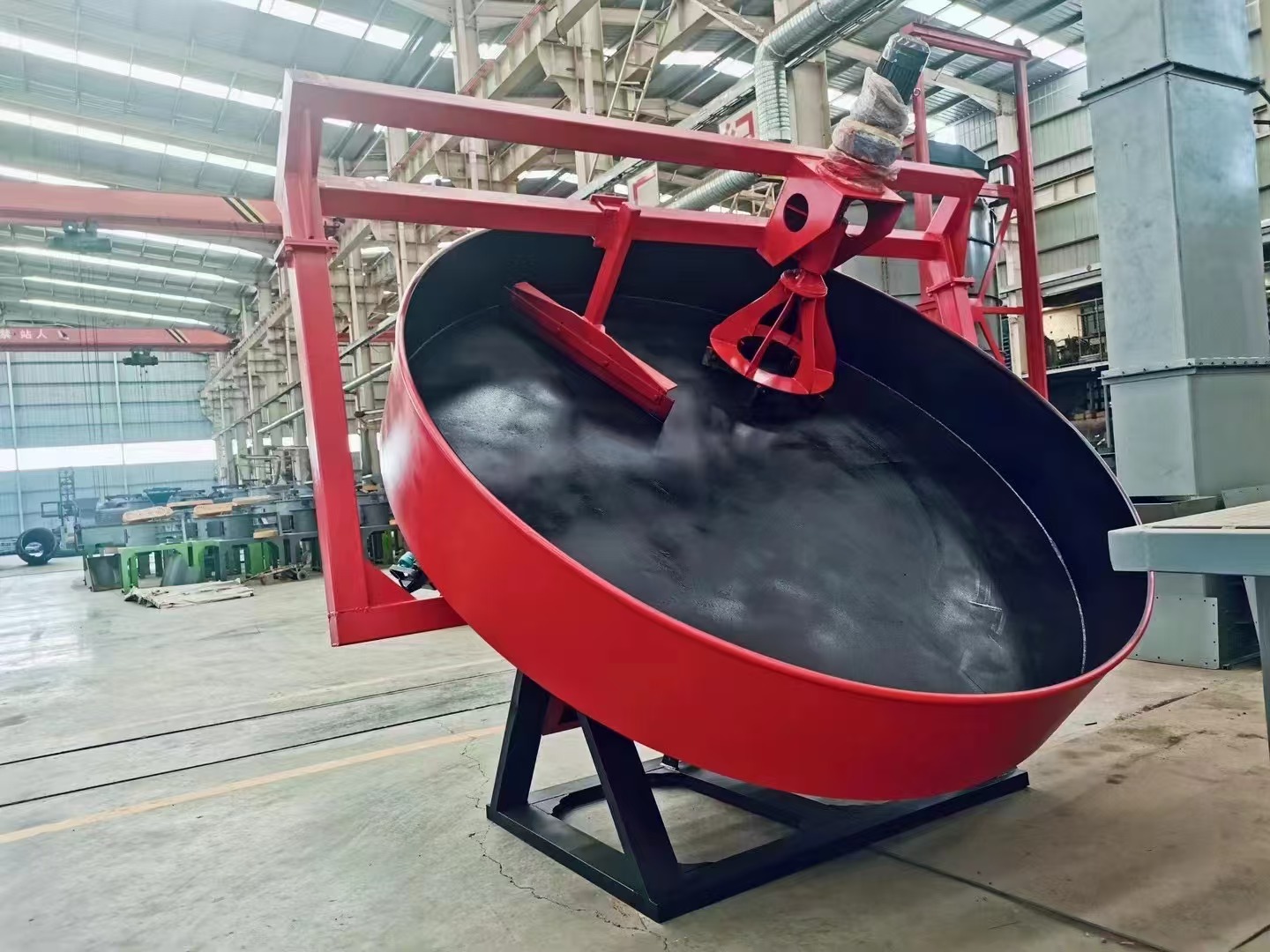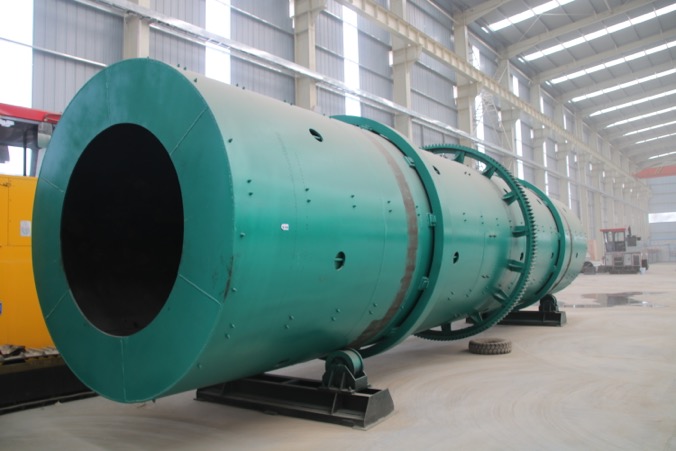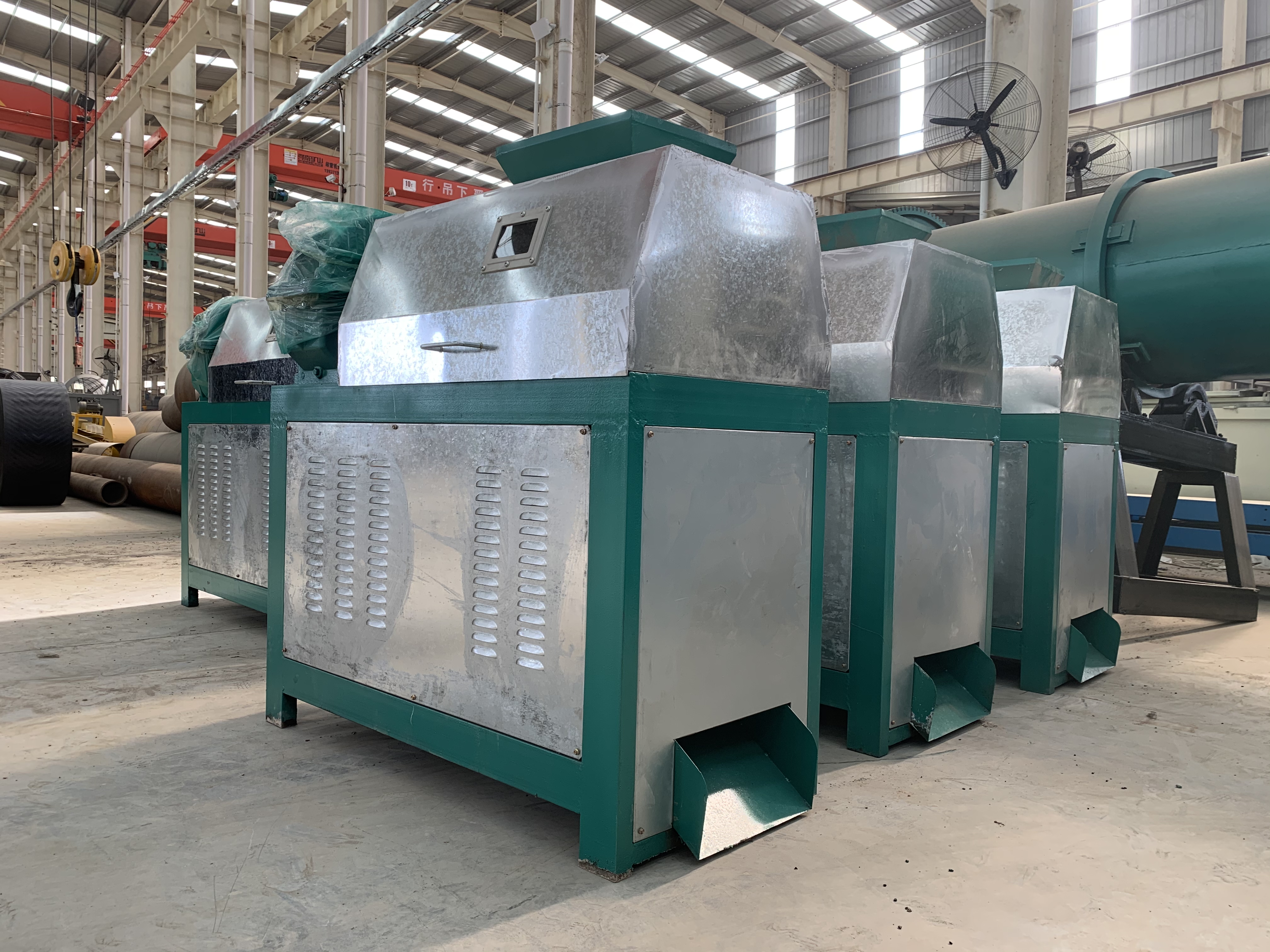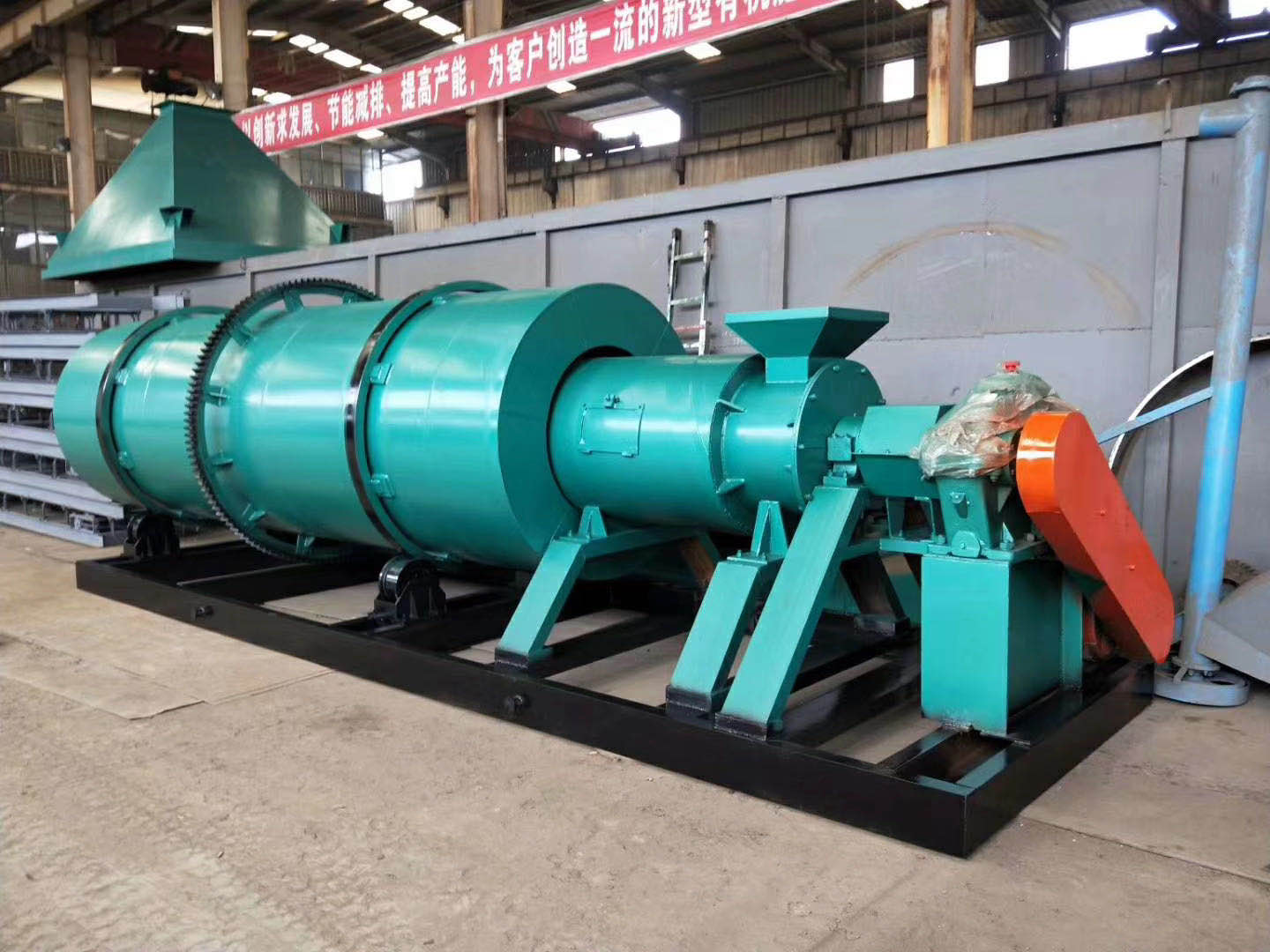Organic fertilizer pellet machine is a kind of equipment specially used to process powdered or small granular organic materials into granular organic fertilizer. The equipment is widely used in organic fertilizer, biological organic fertilizer, compound fertilizer, agricultural waste treatment, livestock and poultry manure resource utilization and other fields. Through the granular forming process, the organic fertilizer particles are uniform in shape, moderate in hardness, stable in nutrients, easy to store and transport, and improve the market competitiveness of organic fertilizer products.
At present, there are many types of organic fertilizer granulators on the market, including disc granulators, rotary drum granulators, roller extrusion granulators, agitation granulators, flat die granulators, ring die granulators, etc., each model is suitable for different materials and process needs.
The main working principle of the organic fertilizer pellet machine is to input the organic fertilizer raw materials into the machine through the feed port, and form granular organic fertilizer through the action of high-speed rotating rollers, blades and other components. Organic fertilizer granulators generally use dry granulation, and some use wet granulation.
The advantages of organic fertilizer granulator are high particle forming rate, high particle density, smooth surface of particles, not easy to fly, easy to store, transport and use. In addition, the organic fertilizer pellet machine can also adjust the shape and size of the pellets according to different requirements.
I. Working principle:
The working principle of the organic fertilizer pellet machine is mainly based on mechanical extrusion, rotary rolling, wet bonding or dry molding, etc., to convert powdery or small granular materials into uniform particles. Different types of pellet machines have slightly different principles, and here are several common pellet machines:
(1) Disc granulator (wet granulation).
The material is added to the rotating disc, and the material is gradually rolled into spherical particles through the tilt angle and centrifugal force.
Add an appropriate amount of water to the spray system to improve the adhesion of the particles and gradually increase the diameter of the particles.
After the particles are formed, they are discharged from the discharge port and enter the drying and cooling process.
(2) Drum granulator (wet granulation).
The material enters the inside of the rotating drum through the conveyor, and the inside of the drum is equipped with a lifting device to make the material roll along the cylinder wall.
Spray an appropriate amount of water or binder to make the powder particles gradually clump into balls. The
drum is tilted at an angle, and the particles gradually move towards the discharge end and are discharged.
(3) Roller extrusion granulator (dry granulation).
The material enters between two sets of high-pressure rollers and is extruded into flakes under pressure.
Through crushing and screening, the material forms uniform particles, and there is no need for drying.
It is suitable for low-moisture materials and has low energy consumption.
(4) Agitation granulator (high humidity material granulation).
The high-speed rotating stirring structure is adopted to agglomerate the material into spherical particles under the action of shearing, collision and friction.
It is suitable for livestock and poultry manure, sludge, sugar residue and other high-humidity organic materials, and can be granulated without drying.
Different processes are suitable for different materials, and users can choose the most suitable pellet machine equipment according to their production needs.
II. Product Application:
(1) Organic fertilizer production
It is suitable for the pellet production of livestock and poultry manure (chicken manure, cow manure, pig manure, sheep manure), straw powder, crop residues, bark, sawdust and other biomass raw materials.
Granular organic fertilizer is nutrient stable, easy to apply, and suitable for various crops.
(2) Resource utilization of agricultural waste
Treat agricultural and sideline product wastes such as sugar residue, distiller’s grains, mushroom residue, cassava residue, and cottonseed husk to improve resource utilization and reduce pollution.
(3) Soil amendment production
Produce granular organic fertilizer for soil improvement, improve soil water retention, air permeability and organic matter content, and promote crop growth.
(4) Compound fertilizer production
It is suitable for the production of organic-inorganic compound fertilizer, improving fertilizer utilization rate and reducing fertilizer loss.
It is widely used in organic fertilizer production enterprises, agricultural cooperatives, breeding farms, ecological agricultural parks, etc.
III. Product features:
(1) High granulation efficiency and high yield rate
The granulation molding rate can reach more than 90%, the particles are uniform, and the powder recovery rate is low.
(2) Wide range of application and strong compatibility
It can handle high-humidity materials (moisture content 30%-50%), low-moisture powdered materials, composite materials, etc., with wide applicability.
(3) Low energy consumption and stable operation
The equipment structure is reasonable, the power consumption is low, the production cost is low, and it is suitable for large-scale production.
(4) The granules are of high quality and meet agricultural standards
The particles are uniform, the hardness is moderate, and it is not easy to break, which is conducive to storage and transportation.
Nutrients are not easy to lose, release slowly, and improve fertilizer utilization.
(5) Eco-friendly design, less dust
Closed granulation design is adopted to reduce dust pollution and meet the requirements of environmental protection production.
It can be equipped with a dust removal system to improve the working environment and comply with environmental protection regulations.
(6) The equipment is durable and easy to maintain
The main components are made of wear-resistant alloys, stainless steel or carbon steel, which have a long service life.
The structure design is reasonable, the disassembly and assembly are simple, and the maintenance cost is low.
IV. Technical parameters:
|
Model |
Yield (T/H). |
Power (KW). |
Particle diameter (mm). |
|
GZLJ-800 |
1-2.5 |
55 |
1-5 |
|
GZLJ-1000 |
2-5 |
75 |
1-5 |
|
GZLJ-1200 |
3-6 |
90 |
1-5 |
|
GZLJ-1500 |
4-8 |
110 |
1-5 |
Note: The specific parameters can be customized according to the requirements.
V. Suggestions for the purchase of organic fertilizer pellet machine:
When purchasing an organic fertilizer pellet machine, you need to pay attention to the following points:
Capacity demand: Choose the right equipment model to avoid the equipment being too large or too small to affect the production efficiency.
Granulation method: choose the appropriate granulator according to the moisture content of the material (wet method, dry method, high humidity granulation, etc.).
Material selection: Wear-resistant alloy and stainless steel are preferred to prolong the service life of the equipment.
Power configuration: Choose high-efficiency and energy-saving motors to reduce operating costs.
After-sales service: choose to provide installation and commissioning, maintenance, parts supply manufacturers.
For more inquiries or more information, please contact:
Sales Department / Tina Tian
+86 – 15538237222
Zhengzhou Yizheng Heavy Machinery Equipment Co., Ltd
Email: tianyaqiong@yz-mac.cn
Website: www.yz-mac.com
Post time: Mar-11-2025





